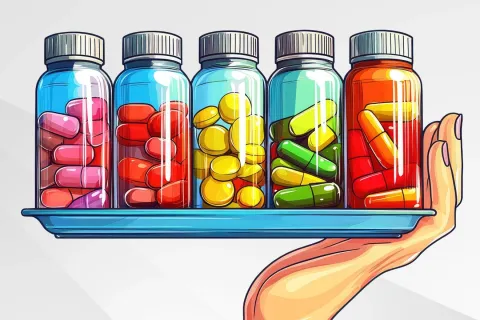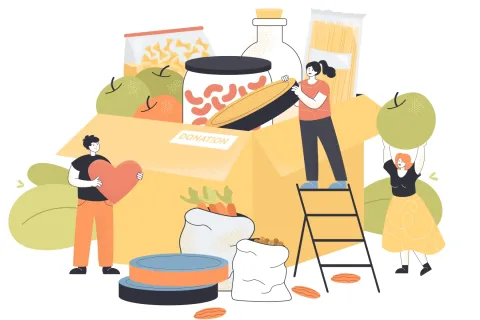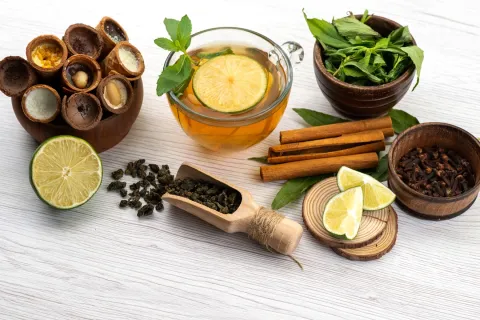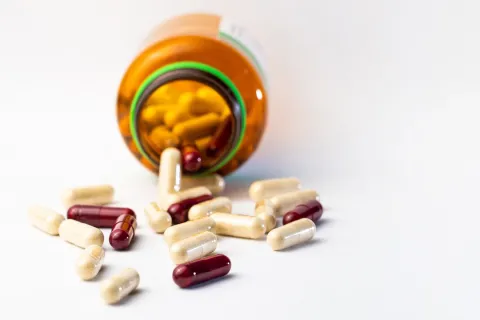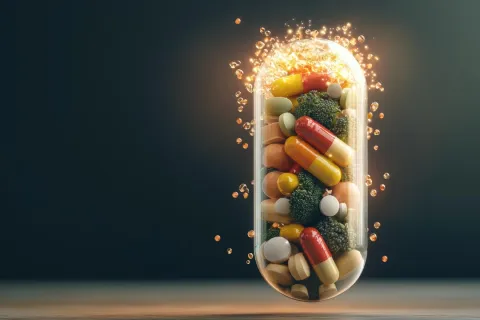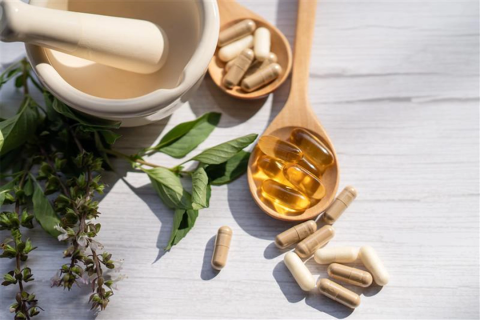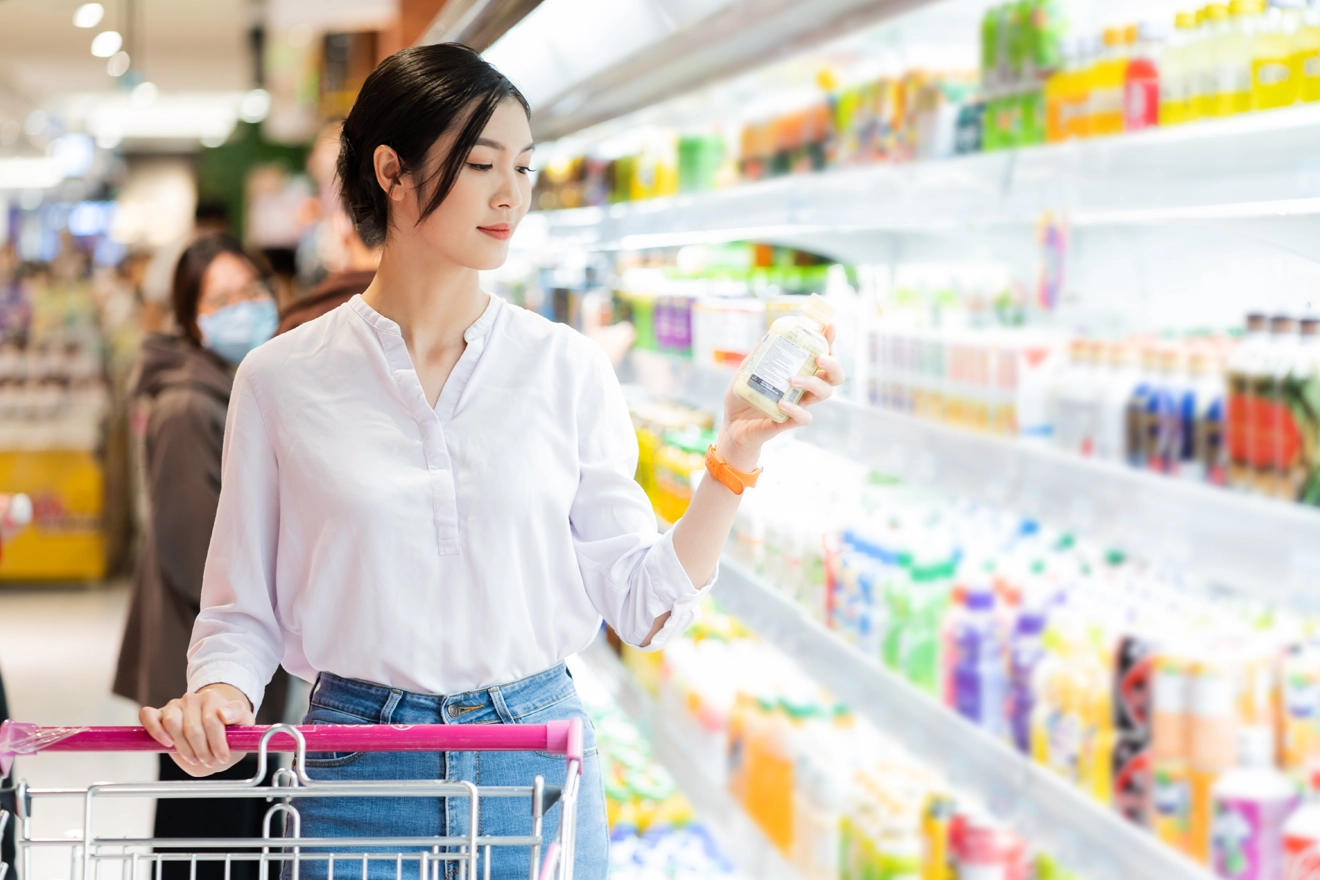
More than ever, consumers these days are concerned about their personal health and well-being and are keen on looking for informative product labels for correct usage. This has given rise to several trends in the food labeling industry. These trends are proving to be beneficial not only for the manufacturers but for the retailers and consumers too as they fulfill the criteria of a healthy diet. One such trend which has been accepted widely by the industry is that of a clean label.
What is Clean Label?
There is no clear industry definition for a clean label concept, as it encapsulates various trends and differs from consumer to consumer. But broadly speaking, the concept can be described as authentic transparency of ingredients used in a product. A clean label product is a product which contains one or more ingredients which are easy to recognize, understand and are unprocessed or natural.
The purpose of a clean label is to satisfy the need of consumers to identify healthy and natural food. Consumers, nowadays, are more cautious about the food they intake, hence, they pay a lot more attention to the label for nutritional value and claims such as gluten-free, organic, etc. To meet this requirement of the consumers, manufacturers are replacing artificial ingredients with processed ones. For example:
- Artificial coloring food dyes are replaced with coloring plant extracts or coloring juice concentrates
- Instead of flavor enhancers, yeast extracts are being used
- Technical procedures are used while manufacturing beverages, such as juices, to eliminate the need for artificial preservatives
Companies across the globe are slowly moving towards the clean label concept. With the abovementioned measures, it is safe to say, manufacturers are trying their best to innovate their products to fulfill the demands of the consumers.
Clean Label – EU and US Regulations
Europe – Clean Label
In Europe, the following regulations have been drafted to help and guide the manufacturers with production and labeling of clean label products.
- Food Information Regulation (Regulation (EU) 1169/2011) – The regulation is applicable to all food products for labeling as well as advertising. It emphasizes on conveying fair information to the consumers. In simpler words, the information on label should not be misleading.
- Health Claims Regulation (Regulation (EC) 1924/2006 on nutrition and health claims made on food) – Established in 2007, the regulation covers nutrition and health claims for food products across the EU. It is applicable to the nutrition and health claims used for communicating information commercially.
- Flavoring and Additive Regulation (Regulation (EC) 1334/2008 and Regulation (EC) 1333/2008) – The regulation defines what exactly comes under flavoring and additives. Products coming under the category of “no colorings”, “no preservatives” or “no flavorings” must adhere to the guidelines of these regulations.
US – Nutrition Facts Label
The demand for clean labels is in line with the efforts of the Food and Drug Administration (FDA) to help the consumers understand the food products better with the new Nutrition Fact Label in the US.
Enforced from July 2018, the new nutrition fact label ensures that the label reflects latest scientific information of the product. The revised rule suggests some format changes in the label, which are required to be followed by the food product manufacturers.
The concept of clean label is now moving from labeling to processing, i.e., the process and the production must also adhere to the clean label concept. Despite the hype, the concept of a clean label is still considered to evolve more. Meanwhile, it is advisable for manufacturers to consult a Regulatory expert to understand and implement the concepts more accurately with the possible information on food ingredients. Be up-to-date. Be compliant.

